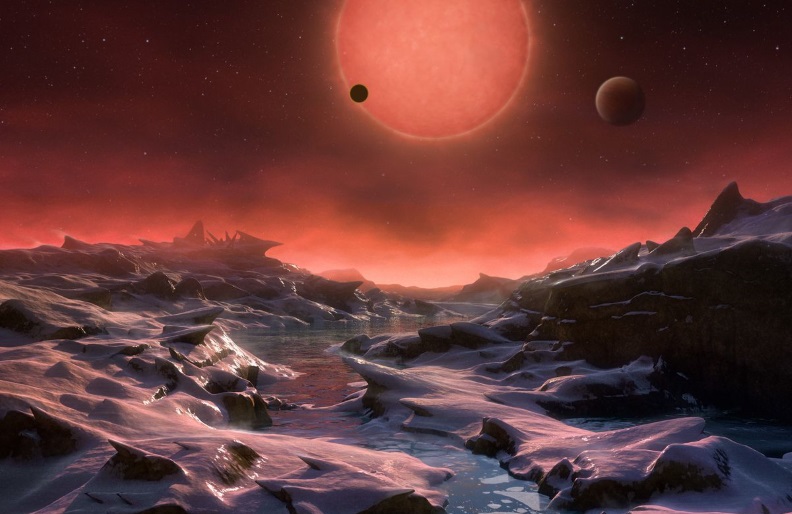The Hubble and Spitzer House telescopes of NASA have produced stunning observations of ultrahot planets that has left physicists perplexed. Ultrahot Jupiters are popular places outside our solar system where the weather forecast is relentlessly hot, and the air is arid with no possibility of rains.
Ultrahot Jupiter is a name that has been lent to a certain kind of planet that makes its presence known outside the confines of our solar system. These ultrahot planets experience such toasty atmospheres due to their proximity to their stars.
A long-standing mystery
It has been a mystery to researchers for decades why there is absolutely no sign of water vapors from the atmospheres of these planets when the same can be found aplenty in planets with slightly more merciful temperatures. A new theoretical study has popped up using the Hubble and Spitzer House telescopes of NASA in addition to computer simulations.
Read more: Scientists identify exoplanets where life could develop as it did on Earth
This new work has revealed that ultrahot planets do possess oxygen and hydrogen atoms, important components of water. However, water molecules get entirely torn apart due to the intense temperatures of the planets and the strong irradiation.
The lead author of the study and an astrophysicist at the French Aix Marseille University, Vivien Parmentier shed light on the findings saying, “The daysides of these worlds are furnaces that look more like a stellar atmosphere than a planetary atmosphere.”
“In this way, ultrahot Jupiters stretch out what we think planets should look like. With these studies, we are bringing some of the century-old knowledge gained from studying the astrophysics of stars, to the new field of investigating exoplanetary atmospheres.”
Scientists are fascinated by the revelations of this new study that could explain why these celestial bodies fail to produce any form of rains or water on their surface. It is no wonder that water refuses to form on these planets given that the temperatures during the day can range anywhere between 3600 to 5400 degrees Fahrenheit.
Possible insight into further exoplanets
Ultrahot Jupiters are probably the hottest exoplanets known to man. While the temperatures during the daytime steal the show with 2000 to 3000-degree Celsius, nighttime is just as excruciating despite temperatures cooling down to around 1500 degree Celsius.
Parmentier is hopeful these results could provide some much-needed insight in order to investigate and analyze further exoplanetary atmospheres. “With these studies, we are bringing some of the century-old knowledge gained from studying the astrophysics of stars, to the new field of investigating exoplanetary atmospheres,” he said.
Meanwhile, co-author of the study Arizona State University astrophysicist Michael Line said the research team’s role has been to attempt model the planets’ physics carefully. It is this exercise that led to the study’s conclusions.
“This showed us how to produce the observed spectra using gases that are more likely to be present under the extreme conditions. These planets don’t need exotic compositions or unusual pathways to make them.”
The study was published in the journal Astronomy and Astrophysics.

